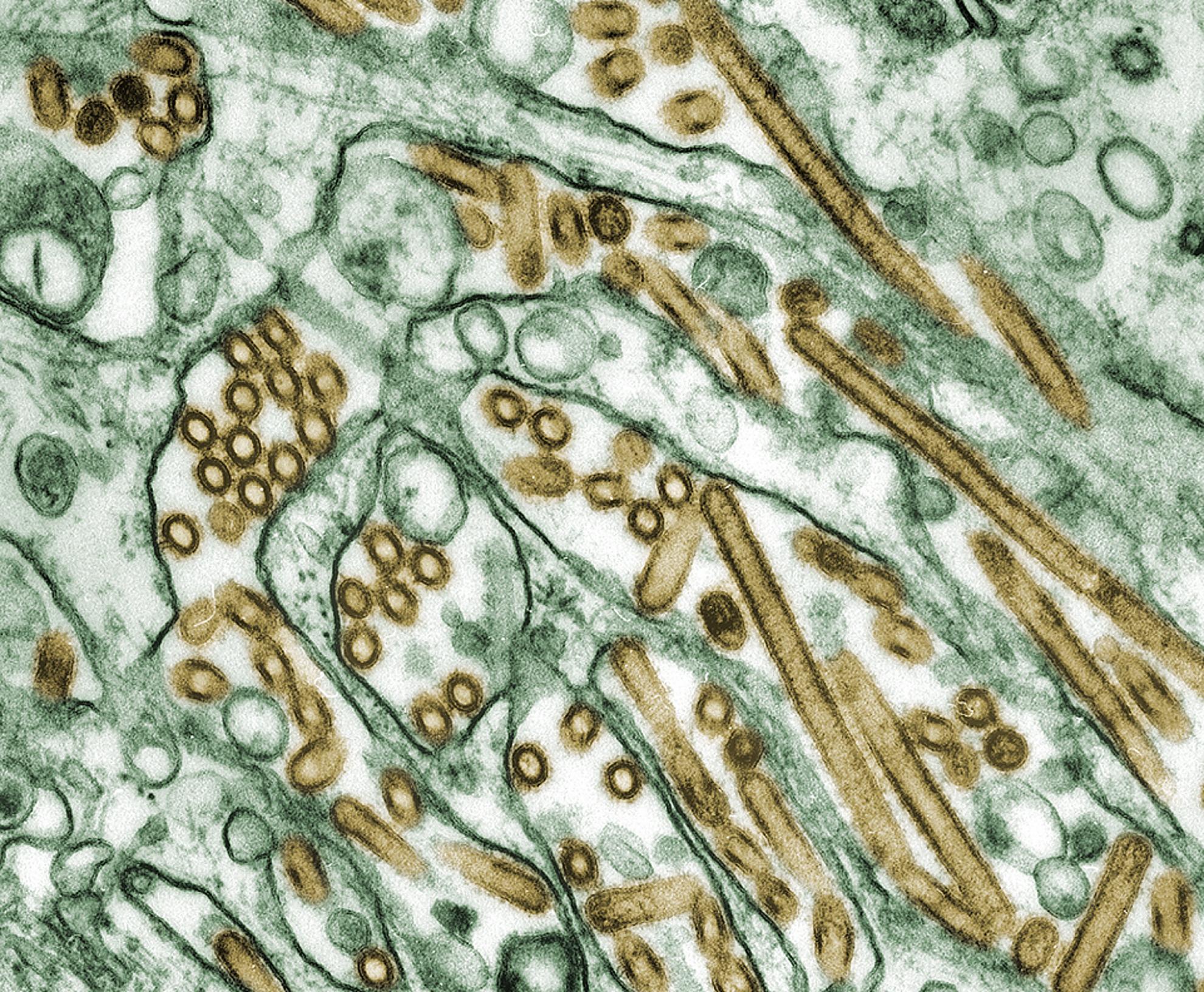Genetic characterization of influenza A viruses circulating in pigs and isolated in north-east Spain during the period 2006-2007
Swine influenza virus is one of the most important pathogens involved in the swine respiratory disease complex. Recent serological surveys showed a high prevalence of swine influenza strains belonging to the H1N1, H1N2 and H3N2 subtypes circulating in pigs in Spain. However, little is known about their genome sequence. Five swine influenza strains were isolated from some unrelated outbreaks occurred during 2006-2007, and their complete genome sequences were determined. Phylogenetic analysis revealed that they belonged to the lineages "Avian-Like" H1N1, "Human-Like" H3N2, and "Human-Like" H1N2, showing tight relationships with early or contemporary strains described in Europe. Notably, one virus of the H1N2 subtype showed genetic and antigenic divergence with the European contemporary strains or vaccinal strains of the same subtype, suggesting that some local and divergent clusters of the virus may pass unnoticed in routinary subtyping. Finally, analysis on the entire pattern of genome segments suggested that a second reassortment event could have influenced the evolution of that divergent H1N2 strain.

